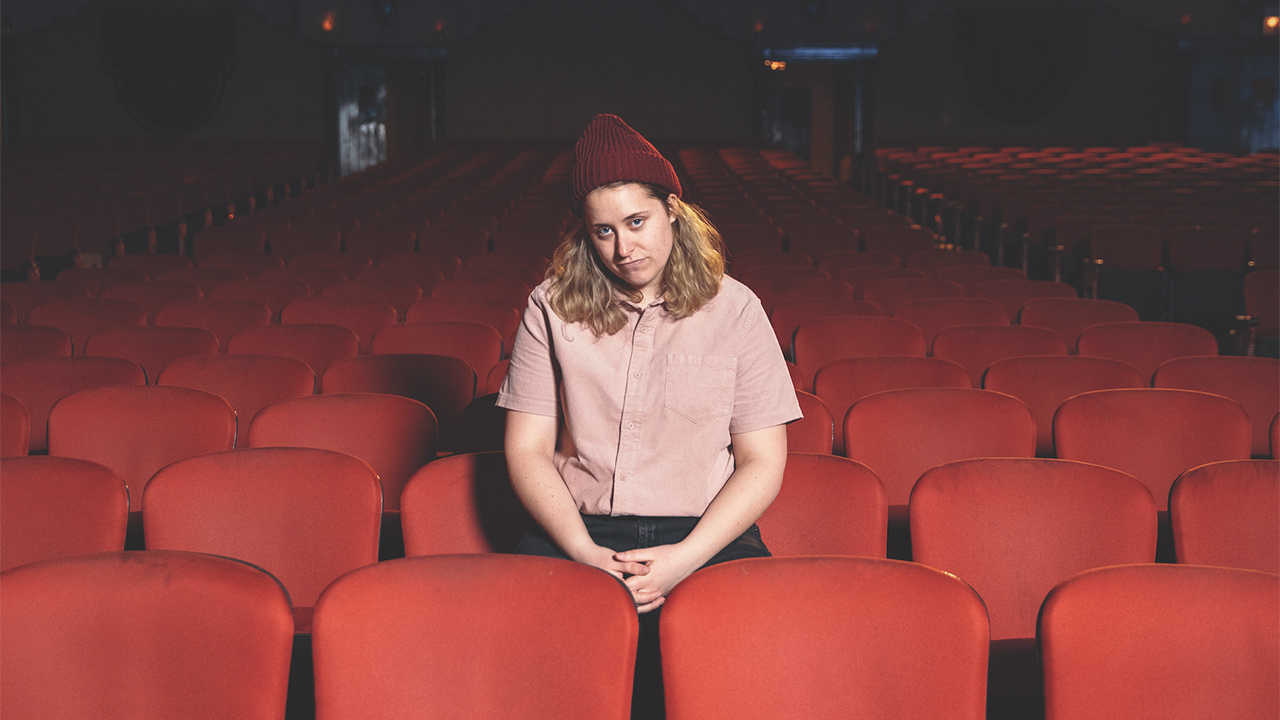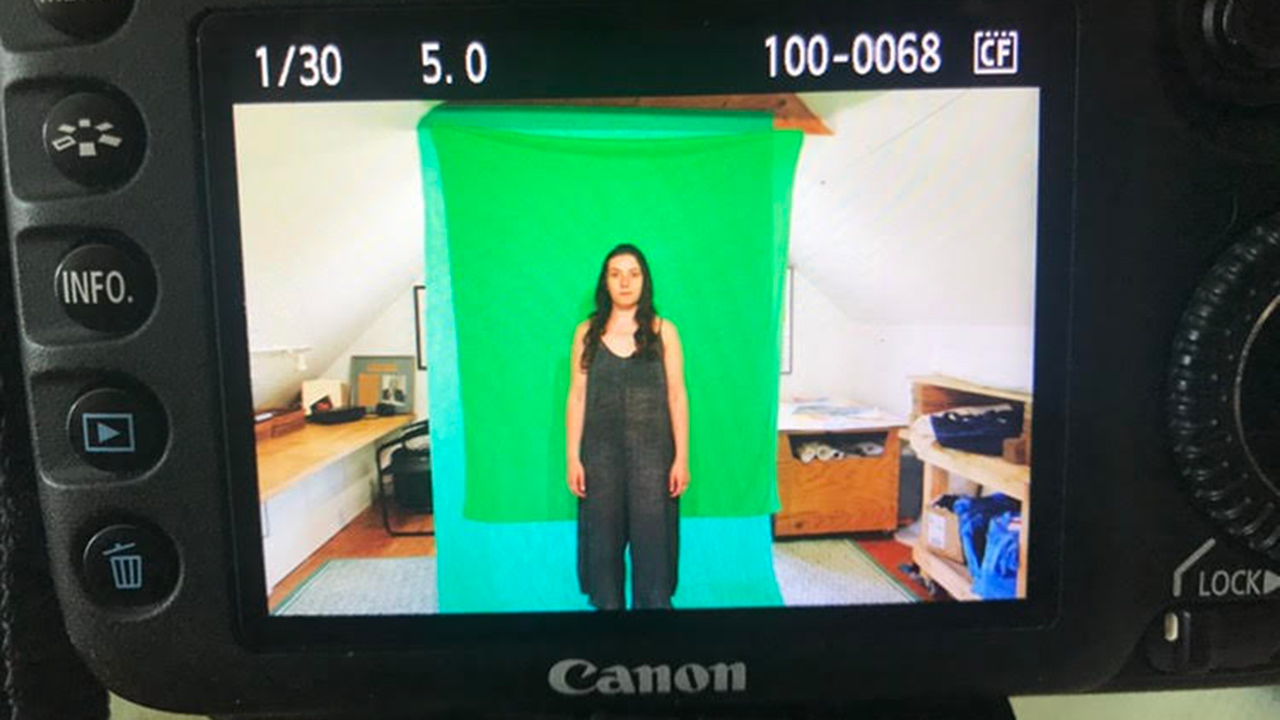Here’s why it’s important to adapt your artistic vision and learn new film skills in isolation.
With live performances on hold due to COVID-19, artists have been forced to rethink how they reach listeners. Many are opting for livestreams and new music videos, but filming anything while adhering to social distancing guidelines can be a tough task.
Still, many creative minds are finding ways to make these efforts work with whatever tools they have on hand. Some recent standout examples include Thao & The Get Down Stay Down's “Phenom” video, which features choreographed dancing recorded via Zoom, and Ellie Goulding's collection of intimate home shots for her single “Power.”
“I always think there's a way to adapt,” says director Hannah Welever, founder of the boutique production company Good Trouble Films. “Whether you don't have any money, you don't have any resources, [or] people, there's always a way to make something.”
A veteran of scrappy productions, Welever knows how to remotely helm musical short films from recent experience. After much of the country went into lockdown, she teamed with Ohmme—the Chicago-based eclectic rock trio co-fronted by Sima Cunningham and Macie Stewart—to create the video for “The Limit,” a track off their recent album Fantasize Your Ghost. Through FaceTime, Welever directed Cunningham and Stewart separately, backdropped by green screens, while editor Priscilla Perez added found footage and animation from Connor Reed to create a quirky, psychedelic visual medley.
“Because of my nature as an indie filmmaker, I'm used to the small-and-mighty-crew aspect of making something,” Welever says. “That is exactly what has been driving me through the lockdown.”
Here, she, Cunningham, and Stewart share their tips on how artists can harness their creativity, and whatever they have available, to create their own videos, both during the pandemic and whenever life gets back to normal.
Rethink your ideas
If you had had a specific visual concept in mind pre-lockdown that can't be translated to a safe-distance setup, Welever says to either let the idea go or look for alternate routes to realize it. It’s a holistic way of thinking about your creative goals and practicality.

“Keeping your vision within your means will really help you achieve something without making your crew, the label, or the artist uncomfortable,” she says. “It's really all about preparation and being transparent with your team.”
Learn new skills
Luckily, technology makes creating videos possible for those doing it 100 percent remotely. However, that puts more responsibility on the artist to set up any and all filming equipment, a tricky prospect for those unfamiliar with the process.
“A lot of what I'm seeing right now, the challenging part is you're going to find yourself teaching people how to do your job, in a way,” Welever says.
For Ohmme's in-home performances, she walked Cunningham and Stewart through each step “from a technical standpoint.” It’s not always easy to teach lighting and angles, but Welever believes they’re valuable skills all artists should have in their arsenal. “It's a really beneficial tool as musicians to know how to set up a camera and be able to be self-sufficient,” she says.

Cunningham agrees, noting there’s a similarity between this type of video teamwork and the way artists record songs together via the internet. “Quarantine collaboration is definitely forcing some creative workarounds, but I think the ways will carry over in the future. So many of us are collaborating with people far away these days anyway,” she says.
Work the empty room
As artists navigate performing from home, whether for a livestream or a proper music video, it's clear how much energy is missing from having an audience, bandmates, or crew nearby. Now, it's up to the musician to drum up the momentum and do what they can to bring the enthusiasm in isolation.
“It becomes really meta and you can get in your head about it in a way that's not the most conducive to creativity,” Stewart says. “But if you're able to get out of that headspace and use it to your advantage, figure out how to use an empty room with no one staring at you to create something that is uninhibited, then there are some boons to that.”

Hyping yourself to perform for only a camera or laptop might feel silly and lead to some bloopers, but think twice before throwing out any goofy outtakes—there might be some gold in them. As Welever puts it, “Just because something feels more playful or casual doesn't mean you can't get good content.”
Accept the growing pains
The creative process can already be a bumpy road, and while adaptation is key for all artists, it’s best to give yourself space to learn new technologies and tricks of the video trade. As many livestreams have proven, few musicians get this format dialed in immediately.
“My advice is patience,” Welever says “This 'time' we all have, although it may differ for some, is a great resource right now. We have to dig into those accessible creative juices that give us unique ideas and really think beyond. Keeping that hustle but being patient with the process will hopefully keep you from burning out. It's an exhausting time, from politics on the street or inside the home. If you need to create, make something, but make sure you take time to reel back in.”
—Robin Bacior

No comments:
Post a Comment